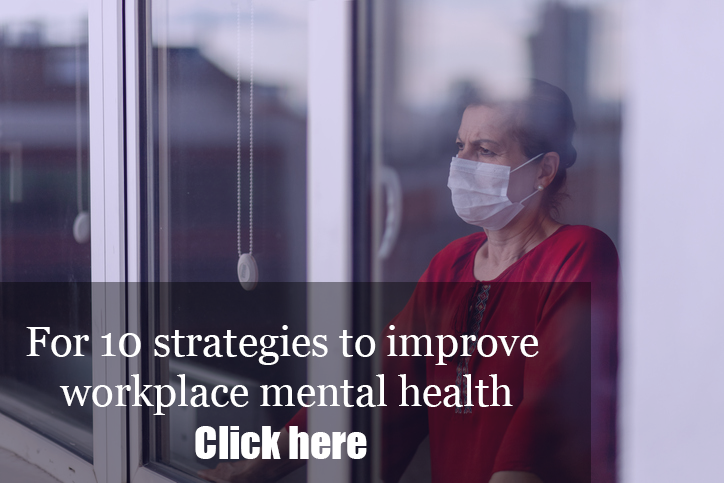As Trump supporters stormed the U.S. Capitol on Wednesday afternoon, halting President-elect Joe Biden’s election certification, employees nationwide anxiously watched the unfolding events, leaving company and HR leaders scrambling to deal with rising angst among their workforce.
Following already skyrocketing rates of anxiety and mental health issues among employees, experts say company leaders should check in on their workers and encourage them to prioritize their mental wellbeing during times of crisis and unrest.
 Simple messaging acknowledging employee stress and unrest during this time—from the company CEO, managers or team leaders—is both easy and effective, experts say. “Even for a leader to come out and say, ‘Things are really uncertain right now, and unsettling, and we understand and we get it. We’re here to support you in any way we can’—it’s really important,” Lorrie Lykins, vice president of research at human capital research firm i4cp, told HRE in November, adding that employees are looking to hear from direct managers and team leaders.
Simple messaging acknowledging employee stress and unrest during this time—from the company CEO, managers or team leaders—is both easy and effective, experts say. “Even for a leader to come out and say, ‘Things are really uncertain right now, and unsettling, and we understand and we get it. We’re here to support you in any way we can’—it’s really important,” Lorrie Lykins, vice president of research at human capital research firm i4cp, told HRE in November, adding that employees are looking to hear from direct managers and team leaders.
Kevin Oakes, i4cp CEO, called today a “dark day for America,” noting that it’s incumbent upon company leaders to “speak up versus remaining silent and remind the workforce of the company’s purpose and values. Leadership should acknowledge differences, but stress that we all need to keep one thing in mind: Respect for each other and working as a team toward our purpose. No team wins when it’s divided; as a team, we need to remain united around the company’s purpose and values.”
Employers, Oakes says, should also remind employees about how to access support systems and mental health resources like employee assistance programs.
“The main message is, ‘We are here for you, and we support you,’ ” Oakes says.
Mark Stelzner, founder and managing principal at IA and one of HRE’s Top 100 Influencers, tweeted Wednesday: “Leaders—Please check on the wellbeing of your people immediately. What we are witnessing is triggering for so many of you and I fear for our country and our citizens.”
Stelzner also said he sent a message to his team that read: “Regardless of your political leanings, today’s protests in Washington, D.C., have just reached a distressing level of concern for the safety our democracy, elected officials and their staff. I would ask each of you to clear your calendars, as your schedules permit, so you can focus on your wellbeing. I share your anxiety and want you to focus on yourselves and your loved ones. I certainly hope that this situation deescalates as soon as possible. Message me through any medium if I can be of assistance in any way.”
Related: 10 strategies to improve employee mental health
Post-election stress was already a huge issue facing employees, and one that many organizations prioritized over the last couple months. With soaring rates of mental health issues afflicting the workforce—exacerbated both by the COVID-19 pandemic and political and social unrest—company leaders are now being expected to set the tone and step in to help employees who are struggling. That’s a different story than in years past, and some employers are just realizing they need to catch up.
“Ten years ago, you never discussed the things in the workplace we’re discussing openly now,” Lykins said. “It’s incumbent upon organizations and their leaders to really continue to position themselves to be prepared to have these tough conversations and continue to have a dialogue. We know from our research that, in times of turmoil and uncertainty, anxiety and stress go through the roof and organizations that don’t at the very least acknowledge it are the ones that struggle.”